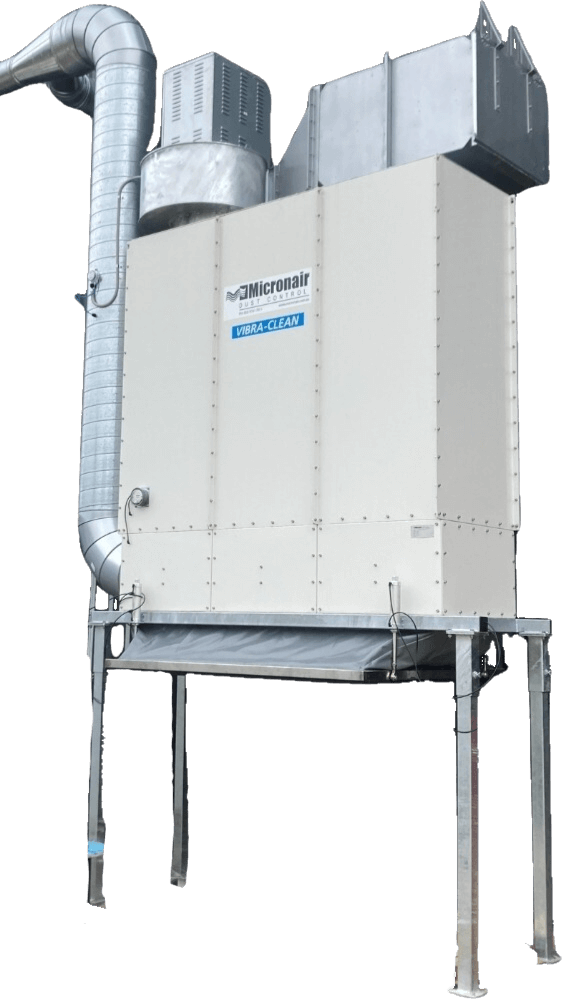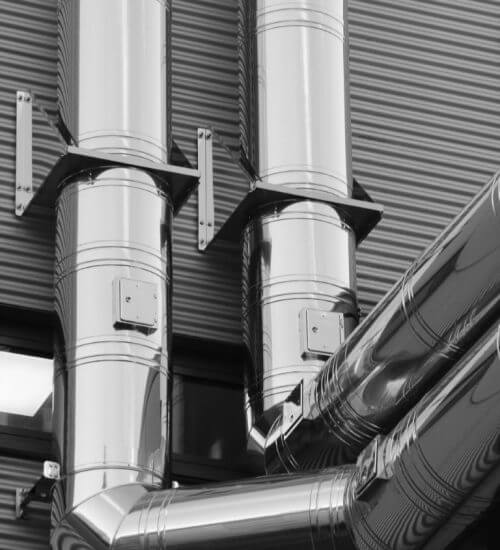
Energy Savings
Systems for cost savings, noise reduction and extended filter lifeDust and fume extraction systems play a crucial role in maintaining a safe and healthy working environment. These systems are designed to capture and remove airborne particles, contaminants and fumes produced during various processes. An efficient dust and fume extraction system not only ensures workplace safety but also offers significant benefits in terms of cost savings, noise reduction and extended filter life. This article explores how such systems can leverage energy efficiency through variable flow and fan speeds, identifies the associated benefits and addresses high-level risks while complying with Australian standards.
Energy efficiency through variable flow and fan speeds

Installing a constant flow extraction system is the baseline for most industries and an entry into delivering a solution that meets business needs. Some of the challenges and risks associated with this can include:
Operating extraction systems at a constant, high flow rate results in energy inefficiency and increased operational costs. This can be especially problematic in the long term as energy prices continue to rise.
One of the major risks associated with dust and fume extraction systems is inadequate airflow. If the system does not extract pollutants effectively, harmful particles can accumulate in the workplace, jeopardizing employee health and safety.
Failing to meet Australian standards and regulations for dust and fume extraction systems can have serious legal and financial consequences. Non-compliance can lead to fines, legal liabilities, and damage to a company’s reputation.
Fixed-speed fan system lack the ability to regulate noise based on requirements. This can lead to significant noise levels during slow periods and increased costs associated with constant high usage.
Efficient dust and fume extraction systems that comply with Australian standards reduce energy consumption and operating costs. Companies can allocate these cost savings to other critical aspects of their operations or invest in further environmental initiatives.
Traditionally dust and fume extraction systems have operated at a constant flow rate, regardless of the actual requirements. Modern systems incorporate variable flow control mechanisms that adjust the extraction rate based on real-time demand. Variable flow control can be achieved through the use of frequency inverters or variable frequency drives (VFDs) on fan motors. By dynamically adjusting the extraction rate, these systems optimize energy consumption such as the OptiFlow system.
Variable fan speeds are closely related to variable flow control. The fan speed is adjusted based on the extraction requirements, ensuring that the system expends the minimum necessary energy to maintain effective extraction. This approach significantly reduces the energy wastage associated with fixed-speed fan systems. Micronair has designed an advanced control with Optigate to manage these requirements.
Fixed-speed fan systems often generate excessive noise levels, impacting workplace comfort and safety. Energy-efficient systems with variable fan speeds are quieter because they only operate at higher speeds when necessary, reducing noise pollution in the working environment. This enhances employee productivity and well-being.

Working with a Micronair expert consultant for the design of a dust and fume extraction system is a strategic decision that pays dividends in terms of worker safety, regulatory compliance and operational efficiency. Energy-efficient dust and fume extraction systems driven by variable flow and fan speeds offer numerous benefits to industrial and manufacturing facilities. These systems provide cost savings, noise reduction and extended filter life while mitigating high-level risks related to inadequate airflow, energy inefficiency and non-compliance with Australian standards. By prioritizing compliance with these standards, businesses not only ensure safety and environmental responsibility and enhance their reputation and competitiveness in the market. Embracing energy-efficient dust and fume extraction systems is not just a sound investment; it is a commitment to the well-being of employees, the environment, and the long-term success of the business.